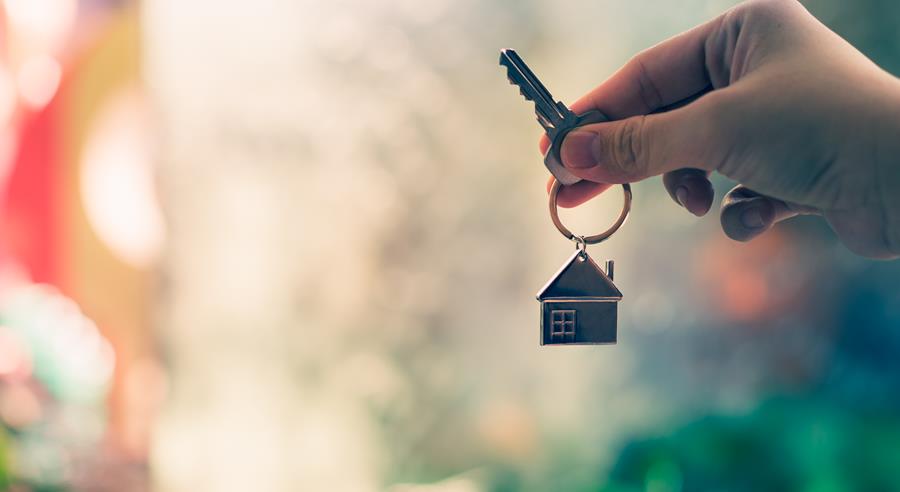Buying or Renting? – Dispatches From Route 66
By Nick Gallus

Due to the fastest ever 10% stock market correction and corresponding drop in U.S. interest rates, mortgage rates are now hovering near an all-time low. As of March 5th, the interest rate on a conventional (20% down payment) 30-year mortgage averaged just 3.29%. Older clients often tell stories of buying their first house in the 1980s at interest rates well into the teens – even above 15%. As you can see, today’s mortgage rates are very low indeed!
As we walk clients through the retirement planning process, people often ask about the trade-offs between:
- a) buying a home vs. renting,
b) repaying a mortgage early, and
c) investing excess savings rather than buying a home or repaying the mortgage.
While the “right” advice in response to these questions is both nuanced and unique for each family, let me offer some general advice and observations to help you navigate these decisions.
BUY A HOUSE TO BE A HOME, NOT AN INVESTMENT
First, recognize that owning a home is more of a personal and psychological decision than a purely economic decision. Some of the most important factors to consider when buying a home include:
- Stability for your family
- School quality
- Commute times and convenience
- A sense of neighborhood belonging
- Control/flexibility of living arrangements
- And even pride of home ownership (including those beautiful yards)
Most of these factors would be nearly impossible to quantify, but nevertheless are essential to creating a quality life for you and your family. Therefore, you should buy a house because it’s right for your lifestyle, not because interest rates are low.
A HOUSE IS BOTH A DEPRECIATING ASSET AND A LIABILITY
“But home prices go up every year!” you may say. While my conclusion may sound brash, let’s explore it further.
Home prices do increase at attractive rates of return: 4-10% annually in certain growing places such as Seattle, WA; Denver, CO; or San Diego, CA. But not in Oklahoma. Our state’s population has grown just 0.7% annually over the last decade, and we have an abundance of prairie to build new homes on – we are not space constrained as some of those fast-growing cities are. Home prices in Oklahoma typically grow 1-3% annually, simply keeping up with inflation.
Now let’s look at the maintenance cost: yard work, fresh paint, hot water heaters, HVAC, roof replacements, and on and on. Homes require regular maintenance and repairs in order to keep their usefulness and value. While not nearly as rapid as a car or truck, houses are in fact depreciating assets. While estimates vary widely and are unique to each home, let’s ballpark home maintenance costs at approximately 1% of a home’s value annually.
Then there’s insurance. A friend of mine from State Farm tells me that a good insurance rule-of-thumb for an average Tulsa single-family home is 1% of the home’s value annually.
There are also property taxes (a liability) due each year, which can amount to 1% or more of a home’s value annually.
LET’S DO THE MATH
Add these three (maintenance, insurance, and property tax), and you will end up with 3% (or more) of a home’s value annually.
So, the question is: is the value of your home actually going “up”, say 3% annually, in Oklahoma? Not really. You are effectively just paying yourself that 3% every year to live in your house. A piggy bank, of sorts. In contrast, a true investment will rise in value and/or pay dividends, compounding wealth over time.
The discussion above just scratches the surface of the more complex question of whether you should pre-pay a mortgage early or invest excess funds in the market. Let’s save that for a Dispatches in the future. Until then, consider the fact that owning a home is not an investment strategy.

Nick Gallus, CFA
Senior Vice President
(918) 744-0553
NGallus@TrustOk.com



